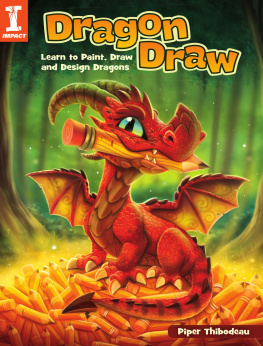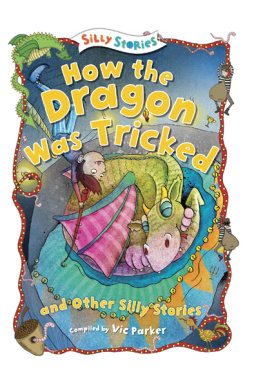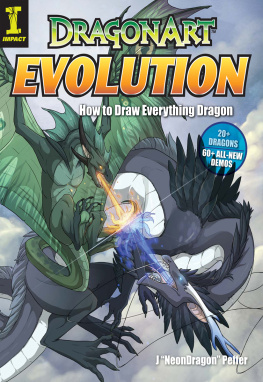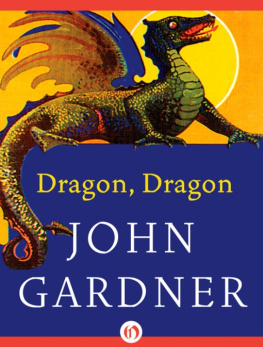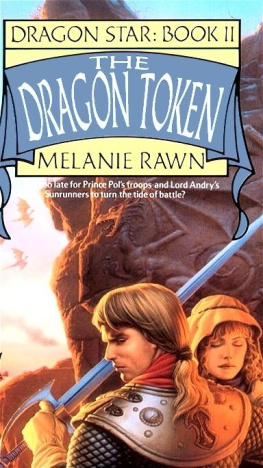

Contents

We are in the year 3112. My name is Sergio Guinot. I was born in 3073, and ten years ago, my life and the lives of all the inhabitants of the earth changed terribly. It began with a strange event that took place in Leenane, an old village in the west of Ireland. Its inhabitants claimed they were attacked by a terrible monster. It left scores of injured people and caused major damage, including the destruction of the bridge over the N59 road between Clifden and Westport.
Although word of the attack spread throughout the world, strengthened by tabloid media, it was never taken as more than an entertaining story probably created with the intention to publicize some old legend from the area. However, some months later, an Amazonian tribe described how they were attacked by a huge winged creature.
In the following months, two strange earthquakes attracted the attention of the authorities. The first of these was in Valencia, in the east of Spain, where something enormous tried to emerge from below the old riverbed of the Turin River, demolishing a large part of the age-old Serranos Towers and nearby buildings. Then again in Ireland, something shook the foundations of Leamaneh, leaving only the oldest wing of the structure standing.
The European government, for a reason I still do not understand, believed these incidents to be connected and set up an investigation team to study these events. Accompanied by an archaeologist and a paleontologist, and protected by seven elite soldiers from the British SAS Y9, we set off to confirm or disprove the strange news and, if the information was correct, to identify and classify the beasts, study them, and discover their origins, their weak points, and how to trap them dead or alive.
As an illustrator, my mission is to gather all the evidence that the team considers important, and that is what I have been doing since we landed in Irelands Shannon Airport. But since arriving at Leamaneh Castle, the terrible destruction has had a major impact on all of us. The earth has shaken again with such a roar that it seems to want to devour us.
Behind one of the destroyed walls and surrounded by dolmens, we found an old seal on the ground, on which we could see some ancient runes and strange sun symbols. Having studied them carefully, we concluded that this was an entrance to a sacred place. I believe that soon we will soon decode the enigma, we will open the seal, and we will go forward into the unknown. The sense of fear is ubiquitous. None of us is sure that we will get out of here alive.
I am going to reveal on these pages the key aspects of my work so that, should anything happen to me, someone else may continue my legacy.
If you are reading these lines, then maybe it is you who must take my place.
There is not just a single way to draw.
There are as many ways of making an illustration as there are roads to Rome. Everything I am telling you is a suggestion based on my own experience. You should adapt my ideas to your own skills, reshaping my concept and choosing those paths that will help you find your own method, making you feel more comfortable and more satisfied with the results you obtain.
Much of the knowledge, tips, and secrets I will reveal to you in this work will be useful for youand some of it will surprise youbut the truth is that an illustrator must be able to adapt to the circumstances, characteristics, and needs of the work. That is why we will not follow a single way of doing things in this book. We will follow different routes to achieve different objectives.
Since the end of the twentieth century, the boom in technology has meant that illustrations for publishing and web environments are mostlyor allcreated using computers. This is due to several factors. Some related to creating the illustration, such as convenience, manageability, cleanliness, and the design tools offered by computers. Others unrelated, such as changes in printing technology, which has developed in order to physically reproduce the illustrations on the computer as accurately as possible. Undoubtedly, if you are an illustrator who wants to see your work published digitally or on paper, and you want to work for a publisher, it is essential that you use a graphics tablet with a light pen and become familiar with the most common graphics programs. The work you have in your hands is a clear example. It has been made using mostly digital methods, but many of the sketches and notes were done on the tablet that accompanies me wherever I go.
In any event, whether you opt for the latest technologies or for more traditional methods, I can assure you that this work, using explanations that are very simple and easily understood, will open the door to a wealth of new possibilities for expressing yourself using concepts you did not previously know or that you had not thought about in the way I will present them to you. These concepts are applicable to any illustration technique, whether digital or analog, modern or classical.
You do not need to understand all the concepts in depth from the beginning.
This book makes up a conceptual set, which for each exercise provides both general details on the illustration technique and specific details on the exercise, so you will get to learn more about the concepts as you advance through the book.
Each one of the exercises is divided into a presentation (in which you will be able to follow the incredible story that gave rise to this book) and several sections that will develop each one of the stages of the corresponding illustration.
We will go over basic ideas up to advanced drawing concepts, which will always be applied to the world of dragons, and we will progressively carry out exercises of differing methodology and complexity. Therefore, the concepts presented in one exercise will be applicable to the other exercises. Eventually, this will generate a solid base to carry out each step, which will allow us to apply the technique that is best matched to our next illustration. In addition, throughout the book there is a series of tips about what I believe a drawer should or should not do. These will help you to understand the concepts and will introduce you more easily to the world of professional illustrators.
Creating the scheme is a stage in the illustration process that is typically unappreciated by aspiring drawers, but one that is considered very important by professionals. We do sometimes see professionals drawing a figure without pausing at this stage, but this is only because their extensive experience allows them to make a quick mental scheme when drawing simple figures and characters. But if we watch them in their day-to-day work, we will see that this stage is extremely important to them when they are creating complex characters.
Schemes, basic expressions of the figures to be drawn, are little more than a skeleton, mainly done using lines or volumes, which may be cubical or spherical. There has always been some dispute between those who opt for one method or the other, but perhaps it is most advisable to decide this on a case-by-case basis. In this work, we will make schemes using straight lines, curves, and cubic or spherical volumes depending on what is most appropriate and what will make our work easier.
Expressiveness transmitted by the scheme is passed on to all the subsequent stages of the illustration. Therefore, it is essential to have a correct scheme in order to achieve a good illustration. We should not simply accept the first scheme that comes from our pencil, but we should review it and modify it until we are certain it will be effective.
Next page




